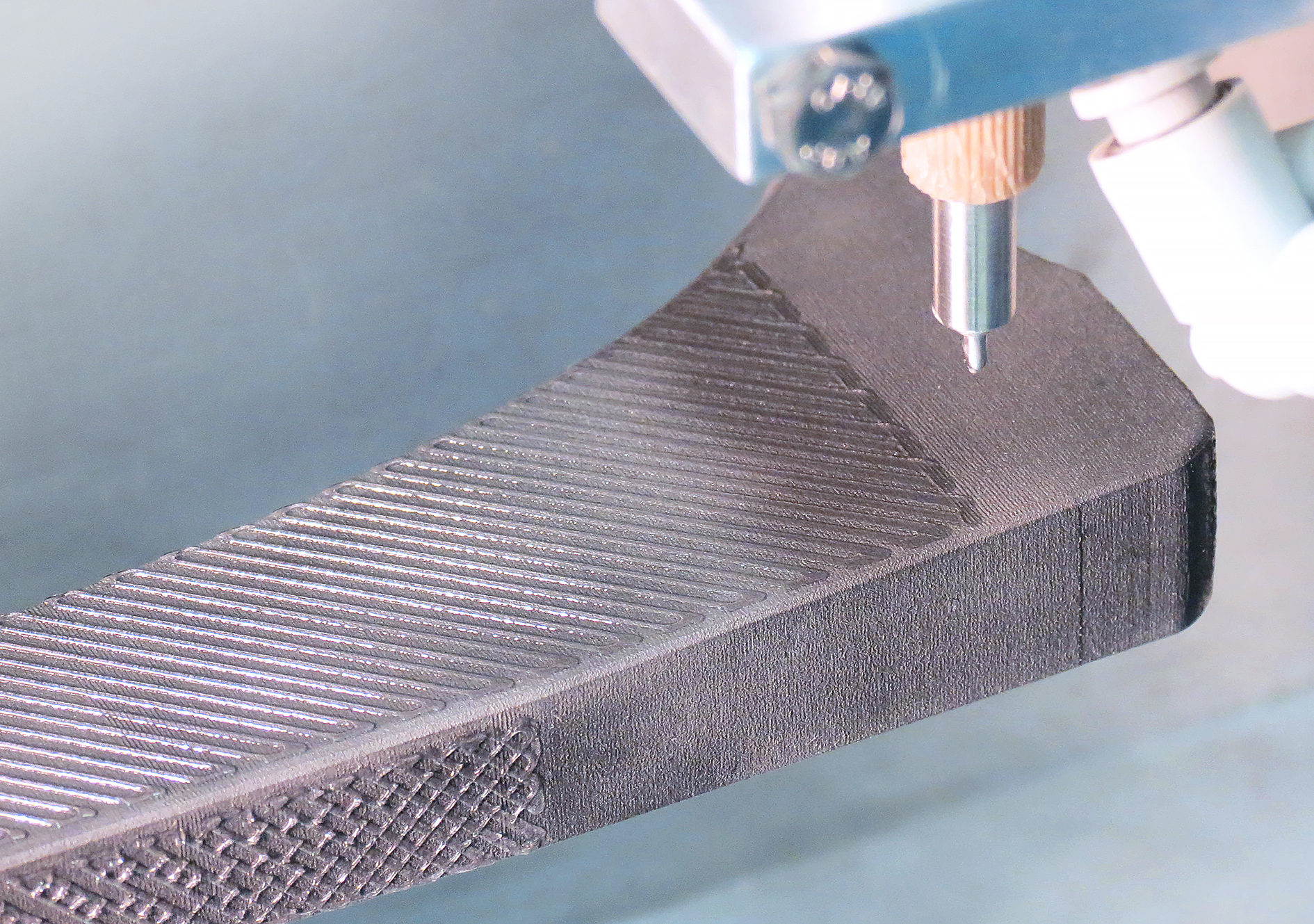Inspired by mussels: printable adhesives for tissues and bones
Titanium hip implants do not last forever — they gradually loosen, sooner or later losing their hold on the bone as it recedes over time. Researchers at the Fraunhofer Institute for Applied Polymer Research IAP have been working alongside the Fraunhofer Institute for Interfacial Engineering and Biotechnology IGB and the Fraunhofer USA Center for Manufacturing Innovation CMI to develop a tissue adhesive that can help avoid early replacement of prostheses in the future. The biomimetic, antimicrobial material is applied to the titanium surface of the implant, which then connects with the bone and naturally adheres to the bone. The key here is that the tissue adhesive, which emulates the adhesive property of mussels, can be printed — even onto curves and uneven surfaces.

The bane of shipowners, mussels cling tightly to the hulls of boats, their growths proving tricky to remove. Mussels use a protein containing the amino acid dihydroxyphenylalanine (also known as DOPA) to cling to surfaces. Researchers at Fraunhofer IAP in Potsdam Science Park have been working with Fraunhofer IGB and Fraunhofer USA CMI to develop a biomimetic adhesive that emulates this property. It is set apart by its remarkable adhesive and bonding properties, which allow it to be used in a variety of applications across biomedicine, such as closing open wounds, for example. It can also be applied to the titanium surfaces of implants as an adhesive, causing the body to recognize the surface as a bone-like substance and connect it with the bone.
“DOPA ensures that adhesion is highly effective. We have made use of this property in our adhesive material by synthesizing polymers that contain dopamine, a chemical analog of DOPA. The dopamine-based adhesive can be mixed with a variety of additives, such as apatite particles (a substance that teeth are composed of), proteins and signal molecules. These promote the growth of bone cells and can be used to coat titanium implants, for example,” explains Dr. Wolfdietrich Meyer, a scientist at Fraunhofer IAP. The special coating allows the implant to appear more “natural” to the body, promoting the healing process and the integration of the implant. The bio-based, sustainably produced adhesive also has antimicrobial properties.
The dopamine-based polymers are not just suitable for tissue adhesion: They can also be used for developing functionalized surfaces, antibacterial materials and intelligent coatings with special functions.
Photoreactive adhesives can be printed onto uneven surfaces
The functionality of the adhesive can be increased through chemical synthesis. It can be modified to react to light, so that it hardens when exposed to UV rays. This process strengthens its adhesive effect. Photoreactive materials can be processed in 3D printing using UV radiation. This capability enables the construction of complex structures for customized medical implants.
The research team at Fraunhofer IAP and IGB have succeeded in making the adhesive printable by cross-linking the polymers. “We have effectively developed the printing material for 3D printing,” says Meyer. A bioprinter was used to apply the material to the three-dimensional titanium shaft of a hip joint at the Fraunhofer USA Center for Manufacturing Innovation CMI in Boston, USA.
In future studies, researchers plan to develop solutions for turning the adhesive properties on and off. “If the surgeon has placed the adhesive in a slightly incorrect area, they need to act quickly to correct their error and deactivate its adhesive effect,” explains the chemist.
Last modified: